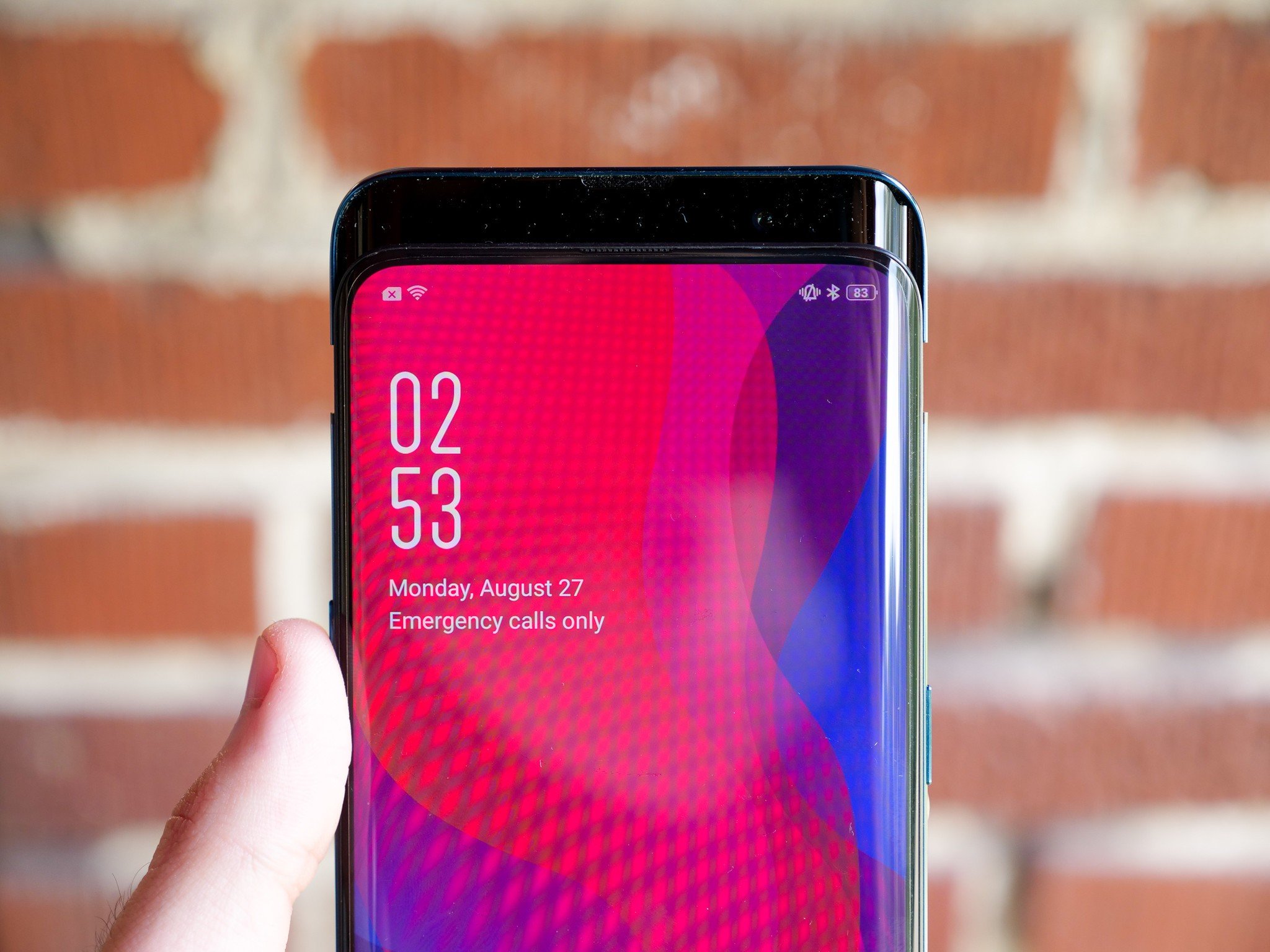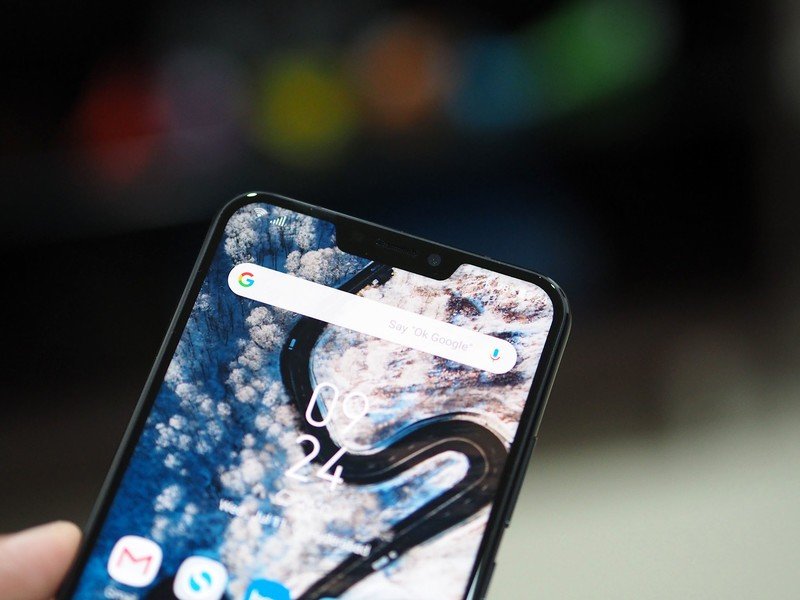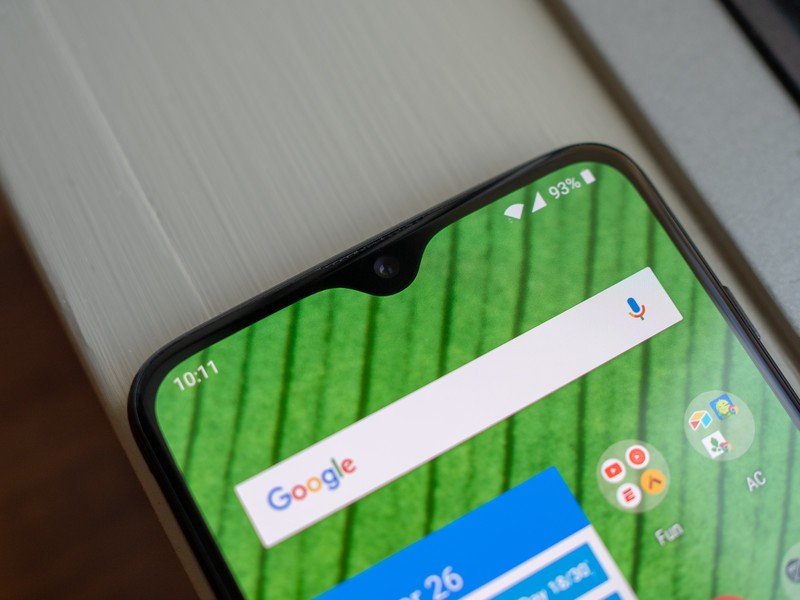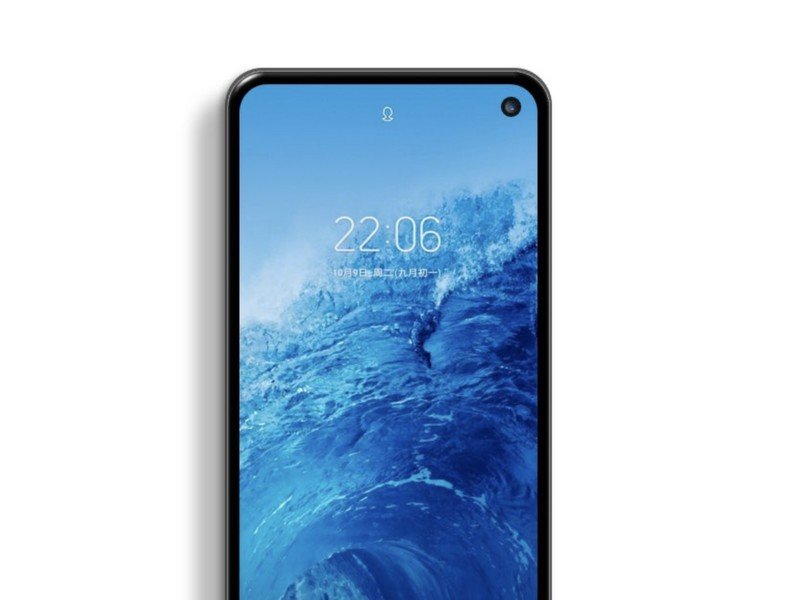Slider phones are an important step in eliminating bezels, but nobody should buy one

Death to bezels. This is something we saw non-stop from the smartphone industry throughout all of 2018, and going into 2019, that mindset doesn't look to be going anywhere. The end goal of making bezels on phones as slim as possible while retaining all expected functionality is the goal every OEM shares right now, but the way in which different brands have been going about this has been interesting to watch.
Following the iPhone X, this year saw LG, OnePlus, Huawei, and plenty of other companies jump on board the popular notch train. The notch has been implemented in the traditional fashion with a black bar in the middle of the screen, but we've since seen this evolve into a small waterdrop that houses just a front-facing camera and nothing more. Similarly, some brands have also started toying with "hole-punch" notch styles with a small cutout in one corner of a display for the camera.
The notch is a good compromise for figuring out how to shrink bezels without ditching important sensors and components that need to live on the front of our phones, but if you've followed companies such as Vivo, Oppo, and most recently Lenovo, you'll know that these brands have decided to avoid the notch by implementing a mechanical sliding mechanism into their phones.



This has resulted in phones like the Vivo NEX, Oppo Find X, and Lenovo Z5 Pro GT. There's no denying that these devices look cool, but if you ask me, they aren't the answer for the bezel-less future we're all clamoring for.
With the slider phones we've seen so far, things like the selfie camera, ambient light sensor, and earpiece are hidden below the display so that we get a screen that's just that — all screen with no bezels to show for. However, if you want to take selfie, answer a phone call, or (in the case of the Oppo Find X) unlock your phone using face unlock, that slider needs to move, reveal these components, and then retract back. This all requires motors and introduces a lot more moving parts than we're used to on phones. Vivo, Oppo, and Lenovo say that they've tested their designs so that these sliding actions can be performed thousands of times without fault, and while that may be true, no one really knows how well these mechanisms will hold up a year or two down the road.
Motors wear down over time. They get weaker with each use, and at some point, they stop working altogether. When a motor in one of these phones dies out, that's going to be a problem.
Adding to that point, phones in their current state without these moving parts can already get pretty messed up with a good drop or fall. When you drop a phone with parts that move around like this, the end result isn't going to be pretty. More moving parts always equal less structural integrity, and with smartphones being tools we take with us just about everywhere, that can create for a dangerous combo. I want my phone to be as sturdy as possible, not considerably weaker.
Be an expert in 5 minutes
Get the latest news from Android Central, your trusted companion in the world of Android
No matter how you look at it, slider phones just aren't practical.
With notches, none of these problems exist. Sure, you get a cutout in the screen, but it doesn't negatively impact the durability of your phone in any way. Plus, it still allows for the screen to stretch edge-to-edge in a way that wasn't possible before.
For me, that's reason enough to put up with a small blemish on my phone's display.
Slider phones are becoming more common in Eastern markets, but I really don't think they'll get to the point where they're commonplace in the U.S. Just like the notch, the slider design isn't permanent. Instead, it's a crutch that OEMs are using while trying to figure out how to eliminate bezels once and for all — but in the case of the slider, it's an expensive and not very practical crutch. If anything, it's a glorified proof of concept.
Don't get me wrong — I love all the innovation and experimentation the war on bezels has been creating for in the smartphone space. The more companies are eager to try new things, the better. I'm glad some brands like Vivo and Oppo are releasing slider phones, but not because anyone should necessarily buy one. I'm excited because it gets us one step closer to a future where our phones have zero bezels in a form factor that doesn't require a notch or sliding component.
Until that day comes, however, I'll be sticking with my notches.
Joe Maring was a Senior Editor for Android Central between 2017 and 2021. You can reach him on Twitter at @JoeMaring1.

